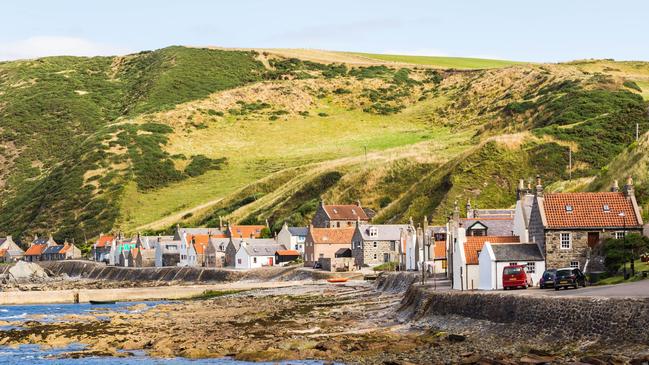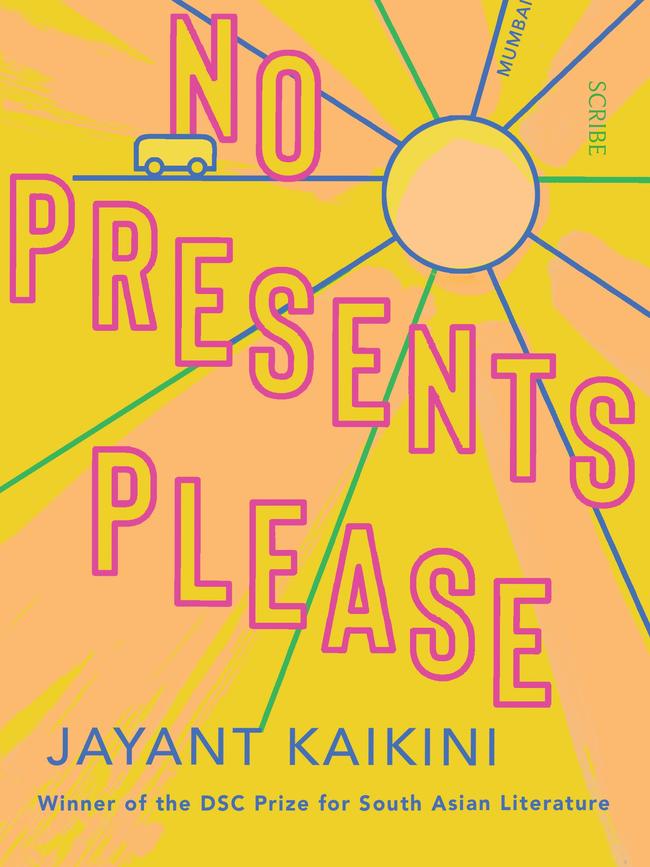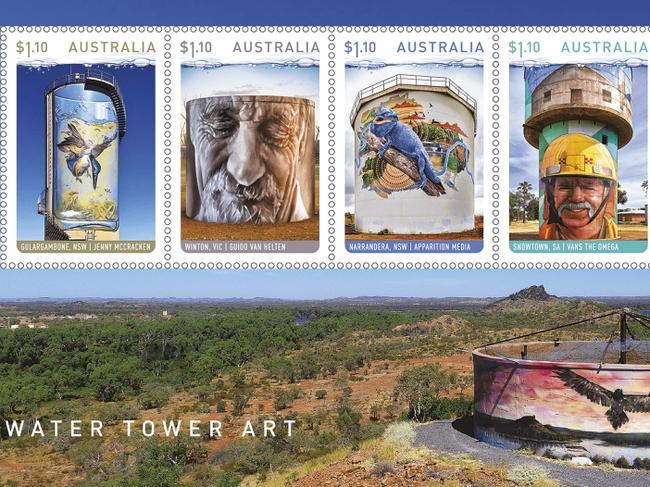Taste of Scotland as Spotify and whisky conjure the Bonnie Isles
Two new initiatives are bringing the Bonnie Isles to Australia.

Last October, 1500 musicians, dancers, pipers and drummers converged on Sydney’s ANZ Stadium for the Royal Edinburgh Military Tattoo. It was a spectacular precursor to what was to be the Year of Scotland in Australia, when some of the Bonnie Isle’s finest musicians would put their talents on display to audiences down under.
COVID-19 has largely stopped the music in its live format but YOSA organisers are keeping the dream alive by curating a series of Spotify playlists, the first of which is titled the Scottish Road Trip. It is inspired by driving routes from the historic Borders region to the North Coast 500, regarded as one of the most scenic in the world. It’s a toe-tapper filled with fiddles, piano accordians and bagpipes for Australian travellers who are, by all accounts, embracing the homegrown drive holiday with enthusiasm. A new themed playlist will be released each month.
Meanwhile, luxury bespoke tour operator Away from the Ordinary has launched Watch with Whisky, an initiative that sees Scottish cinema matched with single malts. The company’s chief executive, Aeneas O’Hara, has hand-picked five whiskies to be sipped while watching a movie, timing the tasting of each with specific scenes.
Viewers who sign up have the tipples delivered to their door, along with instructions about when to drink them, tasting notes and why each whisky was chosen. The films will be readily available on streaming services, and the first featured is the charming 1983 hit Local Hero, set in the lovely village of Pennan (pictured) north of Aberdeen. A James Bond outing and the classic Whisky Galore will be added to the line-up in the coming months. Watch with Whisky; $190.
yearofscotlandaustralia2020.com
PENNY HUNTER

View from here
THE WORLD’S MOST SCENIC RAILWAY JOURNEYS
SBS and OnDemand
It won’t come as a surprise to learn that Canada’s Rocky Mountaineer and the Bernina and Glacier express in Switzerland feature in this series. Their breath-taking routes are a magnet for thousands of tourists each year, 2020 being a likely exception, and both have featured prominently in T+I’s pages.
I stumbled upon the Swiss episode by accident and was unexpectedly mesmerised as those bright red carriages made the tight loop of the Brusio Viaduct, skirted the glacial blue Lake Bianco and traversed the Albula Valley with its impossibly green pastures. Perhaps it was the velvety tones of narrator Bill Nighy but I was as captivated as the “excellence-class” passengers staring out their panorama windows sipping prosecco.
Completed in the early 1900s, the narrow-gauge Bernina line stretches from Tirano just over the Italian border to Chur in Switzerland, but to experience the Glacier Express passengers hop off at the glitzy town of St Moritz. Over eight hours the following day, they travel fewer than 300km but the train takes them up, down and around a region with the greatest concentration of peaks higher than 4000m in the Alps. The episode goes for only an hour but I could have watched it all day. As one passenger says: “It’s the slowest express train but the fastest eight hours you’ll ever spend.”
There are bridges, loops and tunnels, the longest of which is the 6km Albula, soon to be replaced. Passengers are agog as they cross the famous Landwasser Viaduct (pictured), a 140m curve of track perched on 65m pillars towering precariously over a river. And at the end of the line they are rewarded with views of the magnificent Matterhorn, rendered even closer by a jaunt on the Gornergrat train from Zermatt.
Wales, Spain, Norway and New Zealand also feature in this first season, and a second is on track.
PENNY HUNTER
Book Club
NO PRESENTS PLEASE: MUMBAI STORIES
Jayant Kaikini
This award-winning collection of short stories, released last month in Australia by Scribe, is set in Mumbai, the Indian mega-settlement known as Maximum City, such is its allure for transient workers, Bollywood movie hopefuls and seekers of riches. The epithet refers to manufacturing, too, and finance and shipping. But success is the preserve of very few, and such sleek, successful characters are not the focus of Kaikini’s compassionate and often elliptical tales, some dating back to the 1980s.

In “City without Mirrors”, we follow Satyajit, a single fellow of modest needs who’s snug in the “nondescript familiarity” of a city he knows well. Then a third-party offer of marriage is made. He considers the idea and must make himself presentable for this unknown bride. “Satyajit had stopped shaving himself in the bathroom, which had no mirror anyway … Like him, in this city, the million faces rushing alongside him didn’t seem to own mirrors either, as if they were beyond all that.” But the would-be wife does not materialise; was the offer even real? In “Dagadu Parab’s Wedding Horse”, a bridegroom in elaborate garb is carried off by a runaway steed hired for the marriage procession. The horse gallops through herds of cows and crosses cricket pitches. Terrified at first, Dagadu soon experiences a release from his “tedious daily routine” and flies along, “feeling at one with the beast”.
Kaikini, a poet and lyricist as well as an essayist and playwright, deftly brings to life the small lives and deep desires of Mumbaikars, including those in the oldest quarter with its bankrupt textile mills “looking like ruined fortresses … blackened and cold chimneys seemed like hands raised up to the sky, crying”. There are no Slumdog Millionaire miracles in this 16-strong collection, but plenty of hope and humour and, always, the sense that people can simultaneously be anonymous and intimately connected in Mumbai’s overcrowded tenements. The last story is perhaps the most affecting, as a near-penniless young couple prepare to choose invitation cards for their marriage, even as they acknowledge the absence of “well-wishers”.
SUSAN KUROSAWA
Spend it

The Silo Art Trail has gone postal with the release of a series of stamps featuring artworks in NSW, South Australia and Victoria. Two of the works, painted on water tanks in Gulargambone and Narrandera in NSW, depict Australian fauna, while the other pair pays tribute to our rural fire services. Guido Van Helten’s creation in the Winton Wetlands, near Benalla in northeast Victoria, is a striking black and white work that incorporates the portraits of three Country Fire Authority volunteers. Van Helten is responsible for the first silo artwork in Victoria, on the giant grain silos in Brim in the Wimmera Mallee region. His monochromatic murals also adorn buildings in the likes of Spain, Finland, Italy and Belarus. South Australia’s Snowtown is the setting for local street artist Vans the Omega’s depiction of a smiling CFS member. There are more than 70 painted water towers and 36 silos throughout rural Australia. Collectors can purchase the stamps through Australia Post.
PENNY HUNTER

To join the conversation, please log in. Don't have an account? Register
Join the conversation, you are commenting as Logout